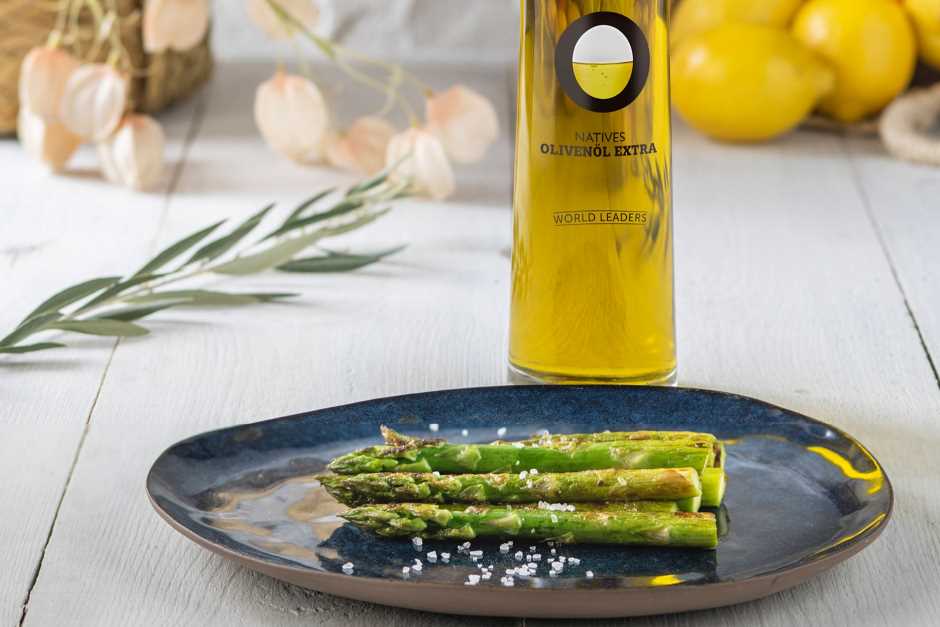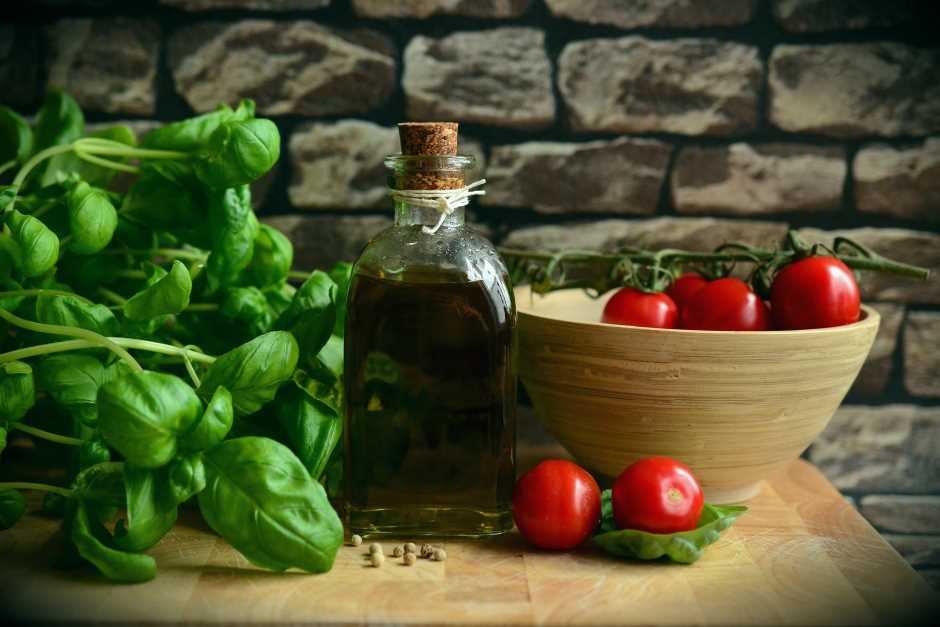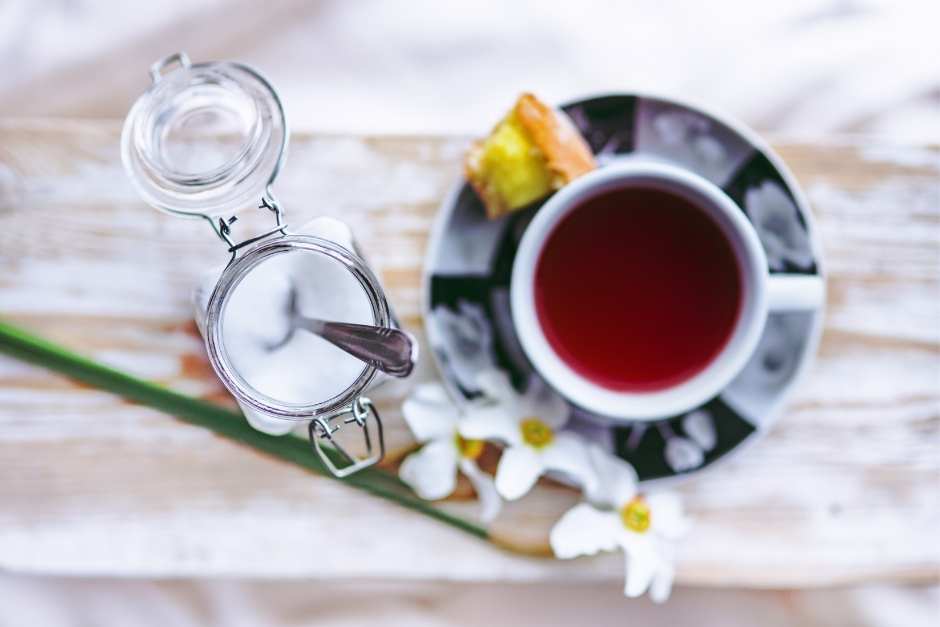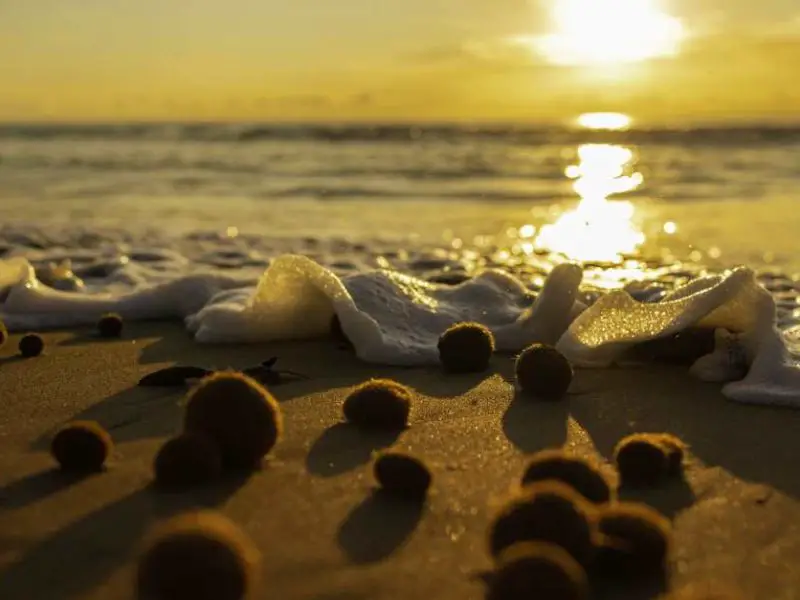Olive oil directly from the producer, a very special oil for the kitchen
Olive trees and olive plantations are sights that each of us knows from the Mediterranean countries. We remember restaurants in Portugal where the olive oil comes directly from the producer in the Alentejo cuisine plays a role. The fish specialties along the Rota do Peixe would be unthinkable without olive oil. The same goes for antipasti from Italy or Tapas in Spain. Specialties from Provence such as Pan Bagnat or Pissaladière taste only with olive oil from the region. It is best to take organic olive oil directly from the producer in the region from which the dishes come. This is the only way to achieve the taste that you know from vacation. There's a reason for that.

The origin of olive oil
The history of olive oil begins as early as the 6th millennium BC. Even then, oil was a commodity. Nevertheless, there are still secrets surrounding the natural product. Would you have thought that olive oil can be good for the environment and even fill you up?
Did you know that olive oil always tastes different?
The taste of an olive oil depends on the variety and the region in which it grows. There are around 1.000 varieties of olives in the Mediterranean alone. Influences characterize the olive oils that are typical for the growing region. The weather in the harvest year, the day of the harvest and even the height at which an olive tree grows play a role. Olive oil can be compared to wine. The taste changes from year to year and from one variety to another.

Olive oil straight from the producer is good for the environment
Olive oil from Europe is good for the planet. Olive tree forests are a CO₂ sink; they draw carbon dioxide from the atmosphere and then bind it in the soil. Producing one liter of olive oil removes around 10 kg of CO₂ from the atmosphere. This crop alone makes up for up to a third of all greenhouse gas emissions in Andalusia. The south of Spain is also one of the most important olive oil producing regions in the world. Olive groves also prevent erosion and desertification. Over 340 million olive trees grow in Spain alone. This is the largest forest in the world planted by humans.
Buying olive oil directly from the producer is sustainable
If you buy your organic olive oil directly from the producer, you are not only doing something good for the environment. You also support the olive farmers. In this way you contribute directly to their maintenance. Since Corona, olive farmers from the Mediterranean region have also been offering their olive oils for sale online. With every liter you buy directly from the producer, you help them sell their products. In this way, you also support local producers with every purchase.
- Buy Greek olive oil directly from the producer here*
- Buy Spanish olive oil directly from the producer here*
- Buy olive oil directly from the producer in Italy here*
- Buy French olive oil directly from the producer here*
If you purchase via a link marked *, we receive a commission, which we use to run this blog.
Cooking with olive oil straight from the producer: recipe tips
Vegetables such as tomatoes, zucchini and peppers are often fried or grilled in olive oil. A method of preparation that is not only simple but also healthy. The world's largest producer of olive oil is Europe. When preparing vegetables such as asparagus, the cooking oil also allows them to be cooked on the grill or in the pan. This keeps the asparagus juicy on the inside. Both the nutrients of the oil and the vegetables are retained. If you use an olive oil of a variety like Cornicabra, it also gives the asparagus a flavor that is reminiscent of Mediterranean cuisine. In dishes such as guacamole, olive oil also improves the taste.

Recipe tip 1: Fried green asparagus
Serves 2 people:
- 500 g green asparagus or wild asparagus
- 50 ml olive oil of the Cornicabra variety
- salt (to taste)
Preparation:
Wash asparagus. Cut about one to two centimeters from the stem. Drizzle a frying pan or griddle with a little olive oil. When the oil is hot, add the asparagus. Fry for a few minutes, turning. Sprinkle a pinch of salt over the asparagus and then serve as a side dish or as an appetizer with some baguette.

Recipe tip 2: Guacamole
Ingredients for 2 portions:
- 1 tbsp olive oil
- 1 avocado
- ¼ bunch coriander
- ¼ onion
- two gloves of garlic
- Juice of one lime
- 2 spring onions
- salt
Preparation:
Halve the avocado, remove the stone and remove the flesh from the peel using a spoon. Place in a bowl and then mash with a fork. Chop the coriander. Peel and dice onion. Chop garlic. Add to the avocado along with the remaining ingredients and then mix. The guacamole tastes good with tortilla chips, for example.
You can also find more recipes with olive oil here:
- cold cucumber soup
- Dakos - a specialty from Greece
- Under www.oliveoilworldtour.de there are recipes.

Do you know this?
- How can you cook asparagus?
- Chimichurri sauce from Argentina
- A perfect steak from the gas grill
- Gin cocktails with a Mediterranean feel
- Grilling cevapcici on the gas grill
- Buy gas grill online
- Gas grill accessories - why is it worth it?
- Grill spare ribs, with a rib marinade
- The Inn Valley from above in the Biohotel Grafenast
Sources: On-site research and djd/Oliveoilworldtour recipe ideas
Text: Monika Fuchs and djd/Oliveoilworldtour recipe ideas
Photos: Wikimedia Commons public domain and djd/Oliveoilworldtour recipe ideas



